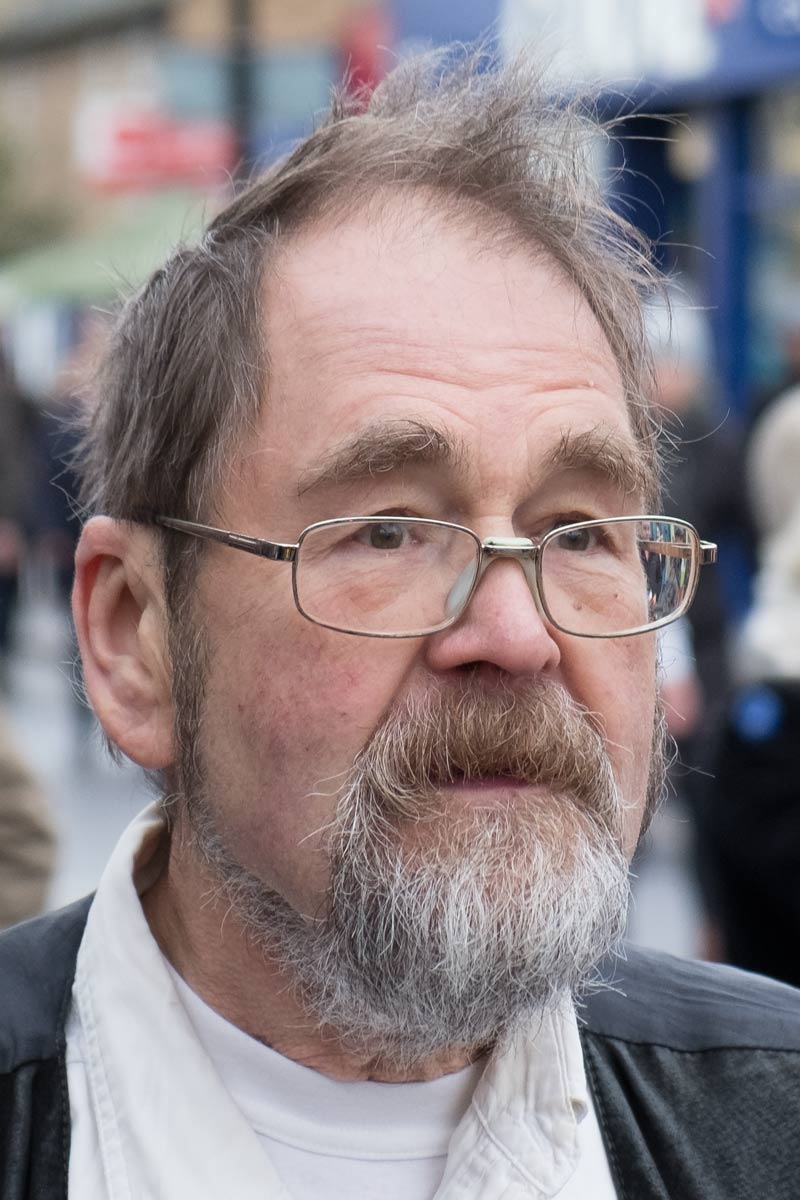
Portrait of a man standing in Dattatraya Square in Bhaktapur in Nepal

Portrait of a man standing in Dattatraya Square in Bhaktapur in Nepal

Mill Road Winter Fair in Cambridge describes itself as a celebration of the area’s community, I went and saw food stalls, musicians, sketchers, photographers, troupes of dancers, a platoon of Roman soldiers, families, and thousands of people.
The road was blocked off and the crowds filled the street and the pavements.
Apparently it is always on the first Saturday in December, which this year fell today the first of December.